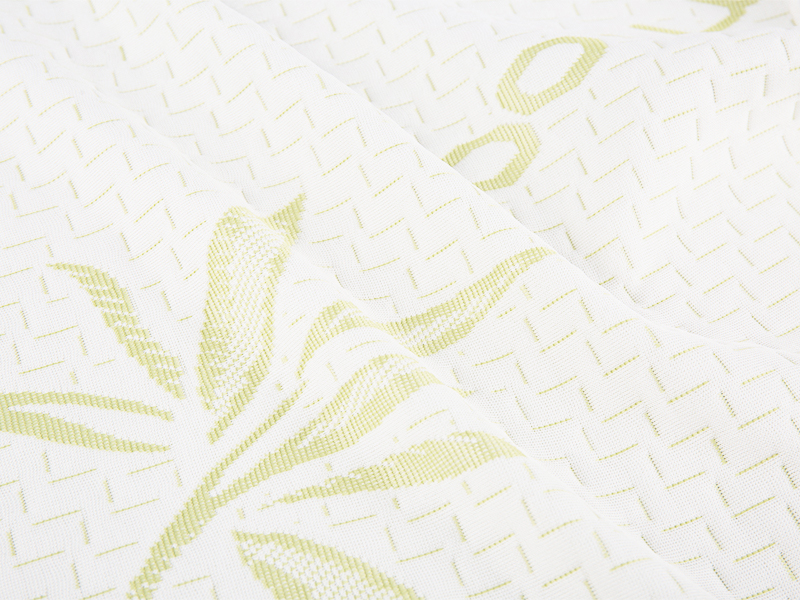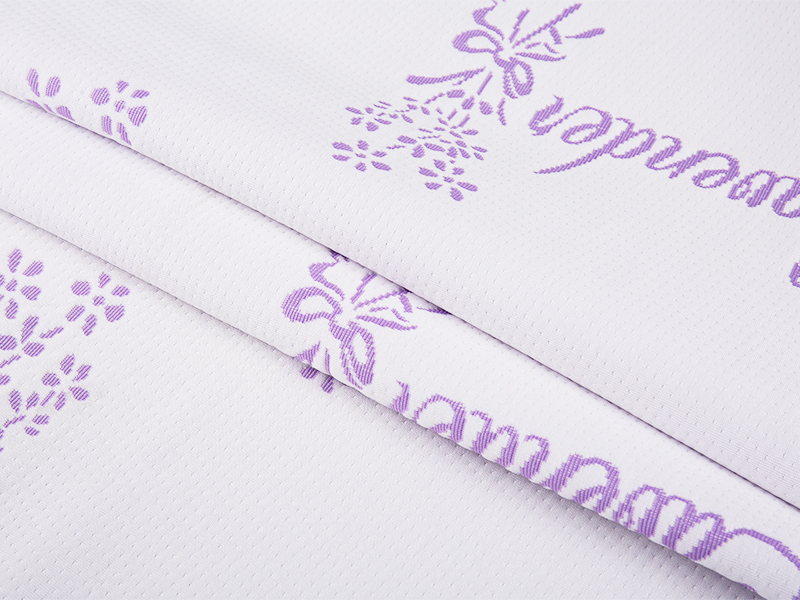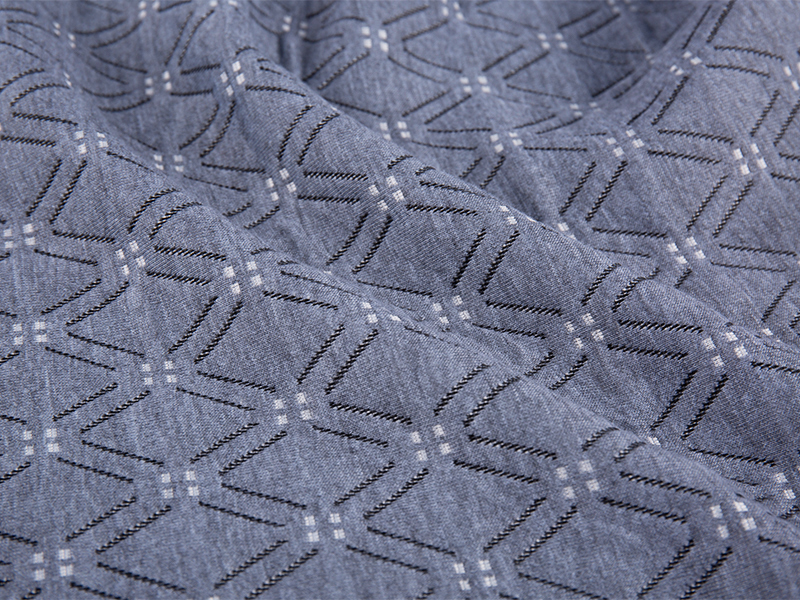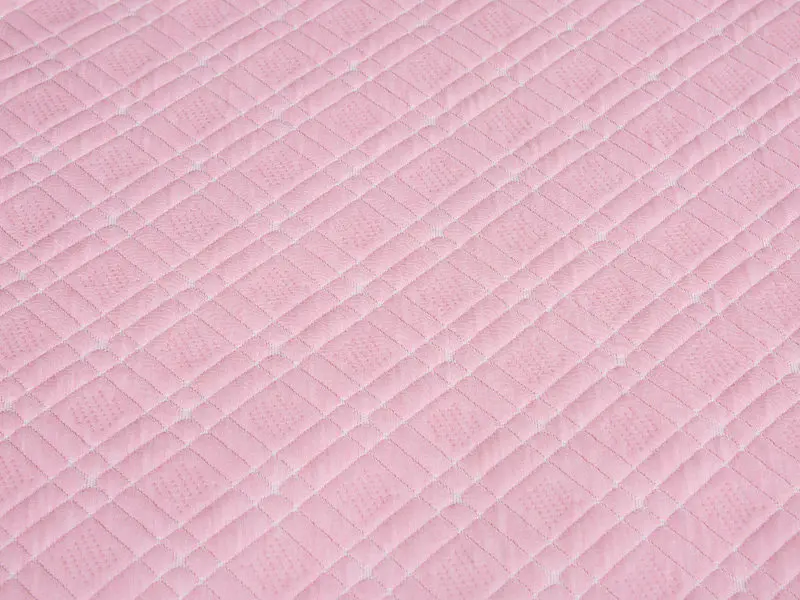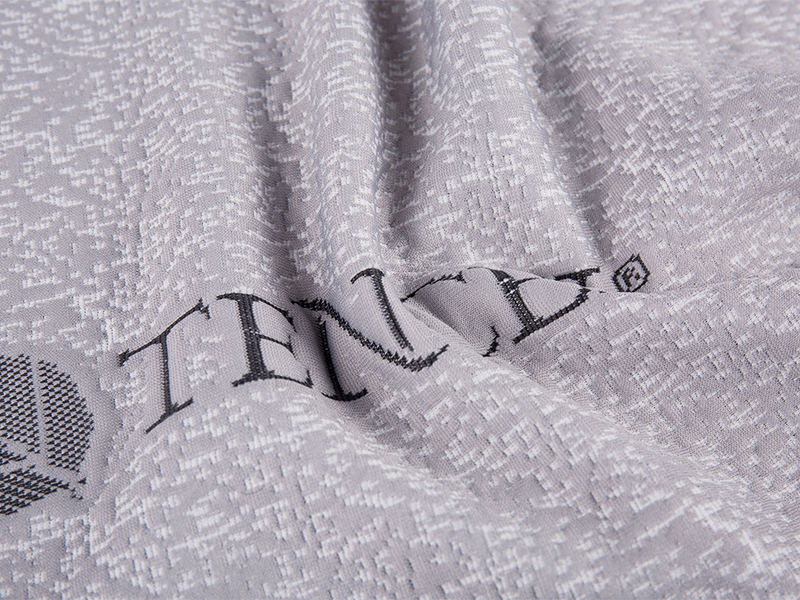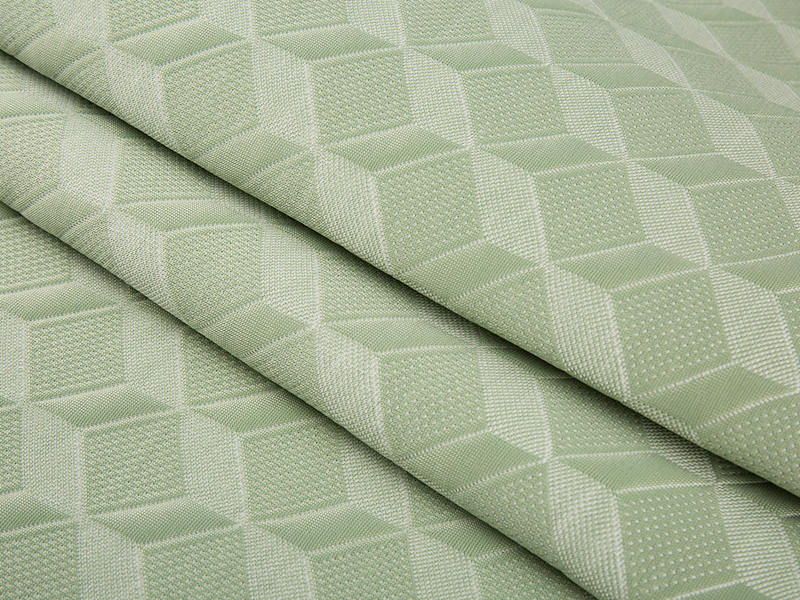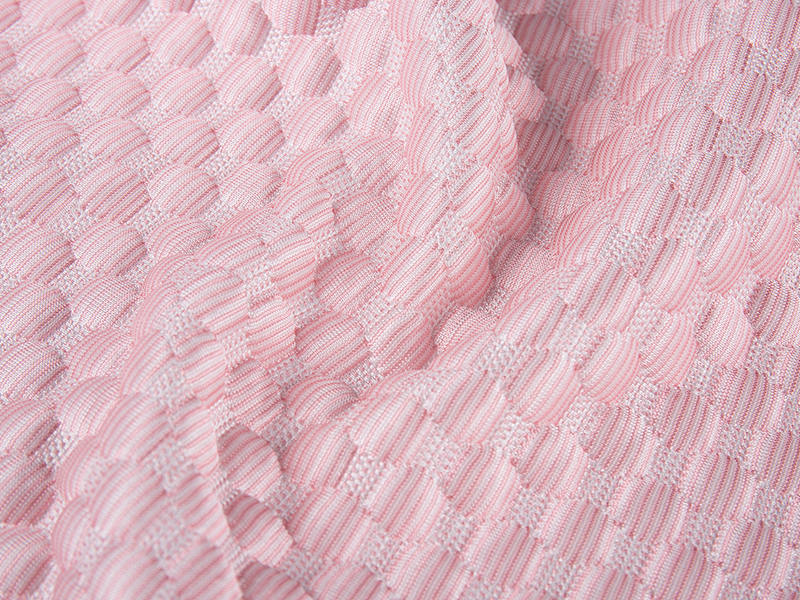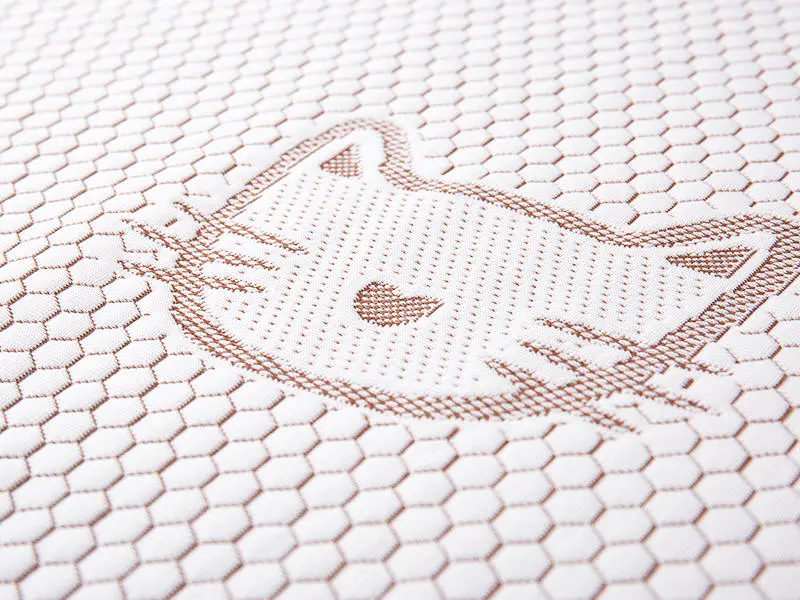Why Cool Touch Fabric is the Future of Mattress Technology
The demand for temperature-regulating sleep surfaces has surged as people prioritize deeper, uninterrupted rest. Among the most innovative solutions is cool touch fabric for mattress, designed to dissipate body heat and maintain an optimal sleeping climate. Unlike traditional materials that trap warmth, these advanced textiles use phase-change molecules or breathable weaves to create a cooler sleep experience. Scientific studies show that maintaining a skin temperature between 60-67°F (15-19°C) significantly improves sleep quality, making this technology more than just a luxury.
1.1 The Science Behind Heat Dissipation
Modern cool touch mattress covers employ three primary mechanisms: conductive cooling (transferring heat away from the body), moisture-wicking (pulling perspiration through capillary action), and infrared reflection (deflecting radiant heat). Comparative tests demonstrate their superiority:
| Material | Heat Retention | Moisture Absorption |
|---|---|---|
| Traditional Cotton | High | Moderate |
| Polyester Blend | Medium-High | Low |
| Cool Touch Fabric | Low | High |
Top Benefits of Investing in Cooling Mattress Materials
Beyond temperature control, these innovative textiles offer unexpected advantages that justify their growing popularity among sleep enthusiasts.
2.1 Allergy Reduction and Hygiene
Many breathable cooling mattress protectors incorporate antimicrobial treatments that inhibit dust mites and mold growth—a boon for allergy sufferers. Their tight weave structures prevent allergen penetration while maintaining air circulation, addressing two common triggers of nighttime allergies simultaneously.
2.2 Enhanced Durability
Laboratory abrasion tests reveal that high-quality temperature regulating bed fabrics withstand 3-5 times more wear cycles than standard mattress textiles. Their synthetic-natural fiber hybrids resist pilling and maintain structural integrity despite repeated washing—a critical factor for long-term investment.
Choosing the Right Cooling Solution for Your Sleep Needs
Not all cooling fabrics perform identically. Key selection criteria should align with individual sleep patterns and environmental factors.
3.1 Material Comparisons
The debate between phase change cooling mattress materials versus breathable mesh constructions depends on your primary need:
- Phase-change fabrics excel at maintaining consistent temperatures (ideal for hot sleepers)
- 3D mesh fabrics prioritize airflow (better for humid climates)
- Copper-infused variants offer antimicrobial properties (suited for sensitive skin)
3.2 Weight and Feel Preferences
Those accustomed to heavyweight bedding might prefer quilted cool touch mattress toppers with gel infusion, while sleepers favoring minimalism may opt for ultra-thin, moisture-wicking sheets. Pressure mapping studies show that proper material selection can reduce tossing by up to 40%.
Maintenance Tips for Prolonging Cooling Performance
Preserving the thermoregulating properties requires specific care routines often overlooked by consumers.
4.1 Washing Techniques
Most cool touch fabric for mattress products demand cold water washes without fabric softeners, which can clog moisture-wicking channels. Industry tests prove that improper laundering reduces cooling efficacy by 25-30% within six months.
4.2 Seasonal Considerations
In winter months, layering strategies allow these materials to work inversely—trapping warmth when paired with insulating underlays while still preventing overheating through intelligent moisture management.
Emerging Innovations in Sleep Temperature Technology
The next generation of cooling fabrics promises even more sophisticated solutions currently in development.
5.1 Smart Textiles Integration
Prototype fabrics with embedded microsensors automatically adjust porosity based on real-time body temperature readings, potentially revolutionizing how we approach thermoregulated sleep surfaces.
5.2 Sustainable Alternatives
Researchers are developing plant-based cooling fibers derived from seaweed and eucalyptus, offering comparable performance to synthetic materials with 60% lower environmental impact during production.



